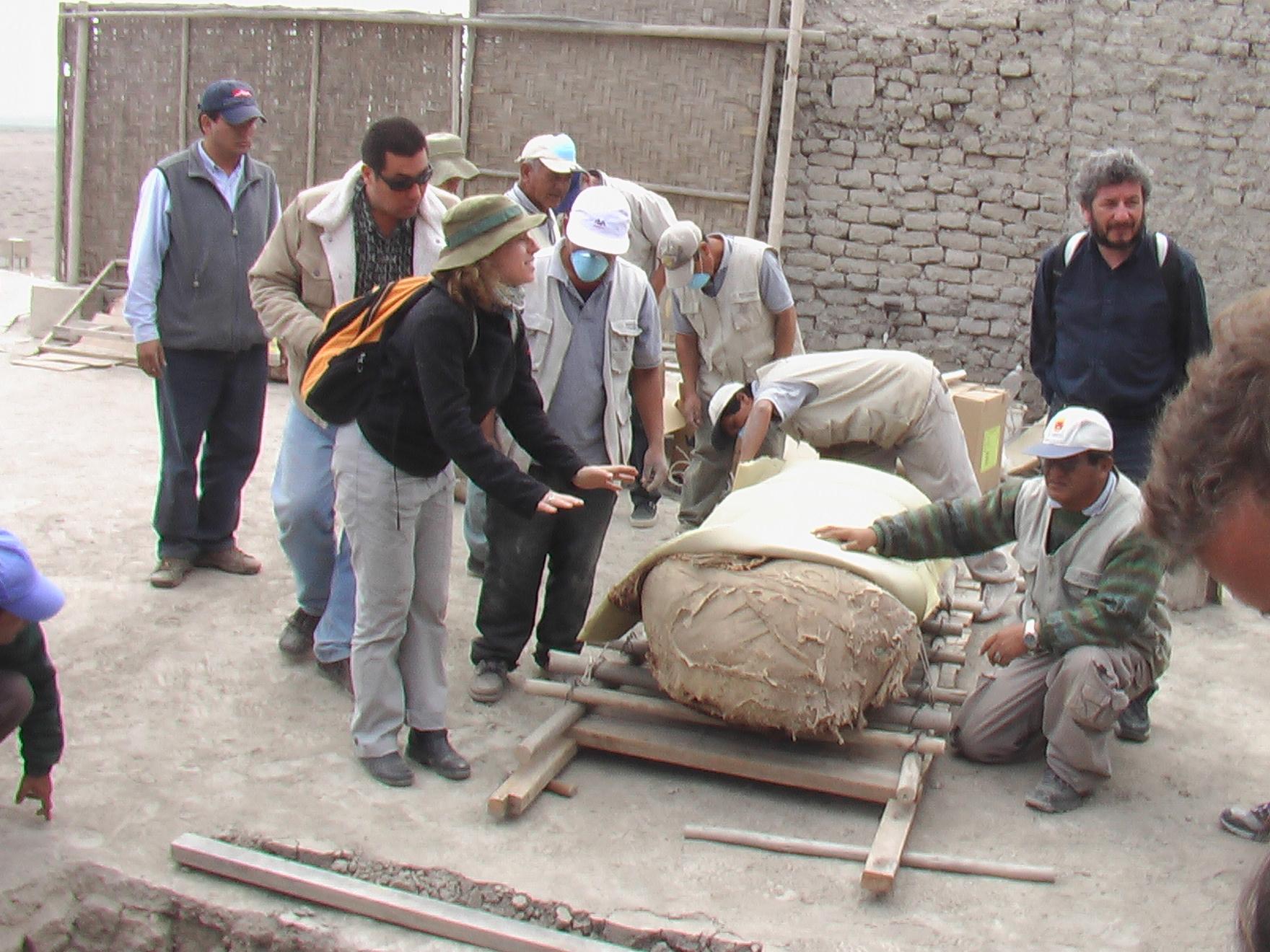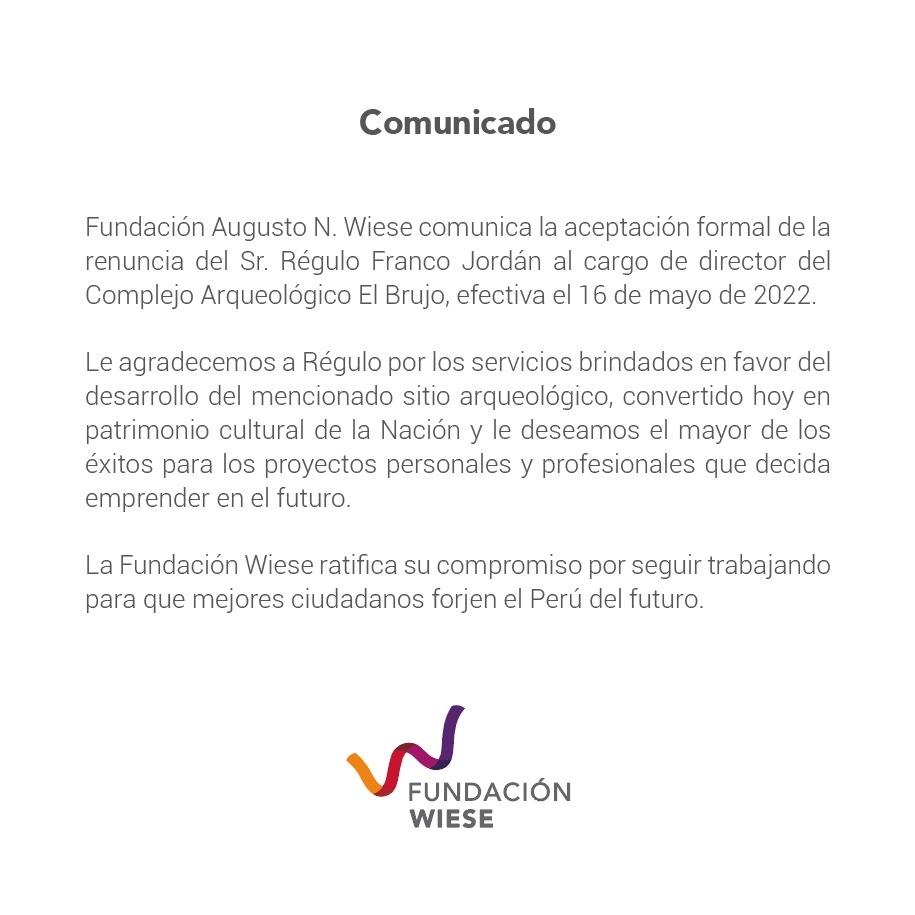- Visitors
- Researchers
- Students
- Community
- Information for the tourist
- Hours and fees
- How to get?
- Virtual tours
- Classic route
- Mystical route
- Specialized route
- Site museum
- Know the town
- Cultural Spaces
- Cao Museum
- Huaca Cao Viejo
- Huaca Prieta
- Huaca Cortada
- Ceremonial Well
- Walls
- Play at home
- Puzzle
- Trivia
- Memorize
- Crosswords
- Alphabet soup
- Crafts
- Pac-Man Moche
- Workshops and Inventory
- Micro-workshops
- Collections inventory
Students
Students
Régulo Franco, discoverer of the Lady of Cao
Régulo Franco is the discoverer of the Lady of Cao and has been linked to Peruvian archeology for 40 years, a profession he studied at the Universidad Nacional Mayor de San Marcos (UNMSM).
His first approach to this discipline occurred in his childhood, next to the ruins of Sacsayhuamán.
"I kept looking at the Quenqo stones. I wondered who had made them," Régulo recalls.
- A trip to the north -
While still a young archeology student at UNMSM, Régulo gets to know Dr. Guillermo “Pancho” Wiese de Osma, president of Banco Wiese, who hired him as an archaeologist and later invited him to join the Wiese Foundation.
At the end of the 1980s, during one of his visits to the Old Temple of Pachacámac, Dr. Wiese, who was also passionate about archaeology, motivated Régulo to visit the renowned archaeologist Walter Alva together, after the recent discovery of the Lord of Sipan Dr. Alva placed in his hands a necklace from the famous Mochica ruler. After that, everything changed. The north had to be investigated further.
From then on, Dr. Wiese and Régulo explored huacas on the north coast. This is how they arrive at Huaca Prieta, a famous mound among specialists and huaqueros. Being there, they become aware of the existence of another huaca, located in a very close place. It was what we know today as Huaca Cao Viejo. At the beginning, the conditions were very hard, due to the difficulties in access and the resistance of the locals, however, both were determined to investigate it and value it… And they succeeded!

- The discovery of the Lady of Cao -
In 2004, a funerary context was found containing a set of five tombs. Details of the discovery of each of these pieces can be found at the following link: https://bit.ly/3shfPpY
In the center of this enclosure, which had a mural decorated with marine motifs, anthropomorphic beings and lunar animals, lay a pitcher with the face of an owl which, as if inviting it to be explored, broke off a piece of it, which pushed Régulo to take out the piece to restore it. Beneath it was a pit where the bundle of the Lady of Cao of more than 100 kilos was found.
- A discovery that changed lives -
"This discovery has changed my life. It filled me with pride and satisfaction to find one of the most important women of Ancient Peru who changed the notion we had about power, in those times. She has helped us to strengthen the Peruvian feminine identity I feel that she chose me to find her. Spiritually I have always felt connected with the energy of the El Brujo Archaeological Complex", says Régulo Franco, discoverer of the Lady of Cao.
The discovery of the Lady of Cao, made in 2004, has revolutionized the idea about the role of women in Ancient Peru. In addition, it is an absolutely unusual event in Peruvian archaeology, due to the presence of an unaltered bundle for hundreds of years, its extraordinary state of conservation and the number of objects associated with her death.
